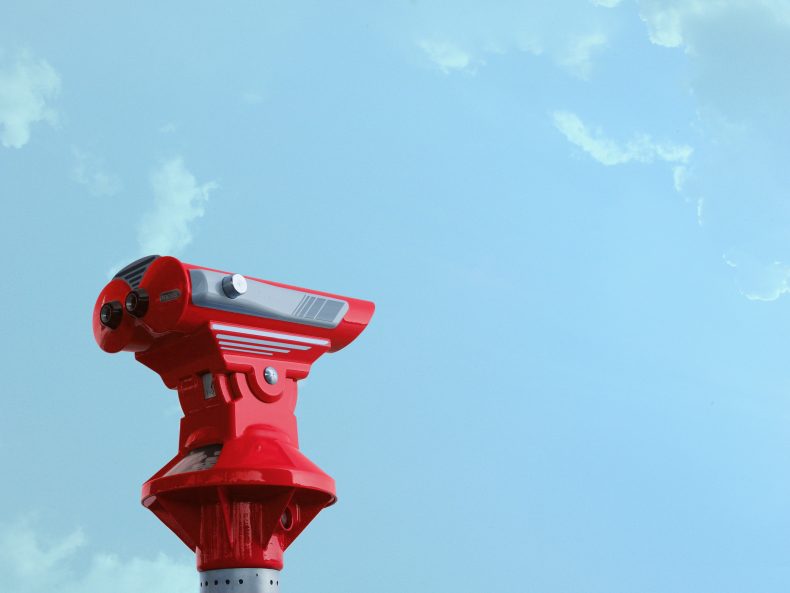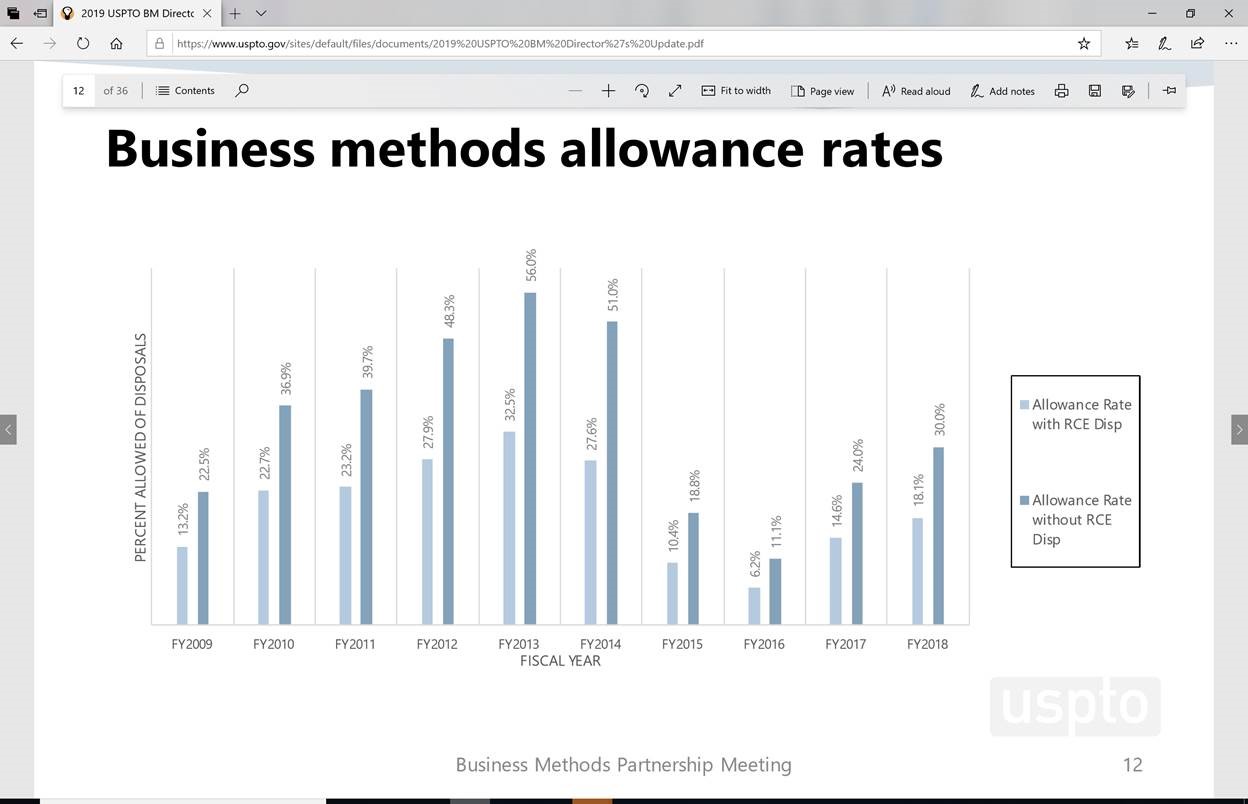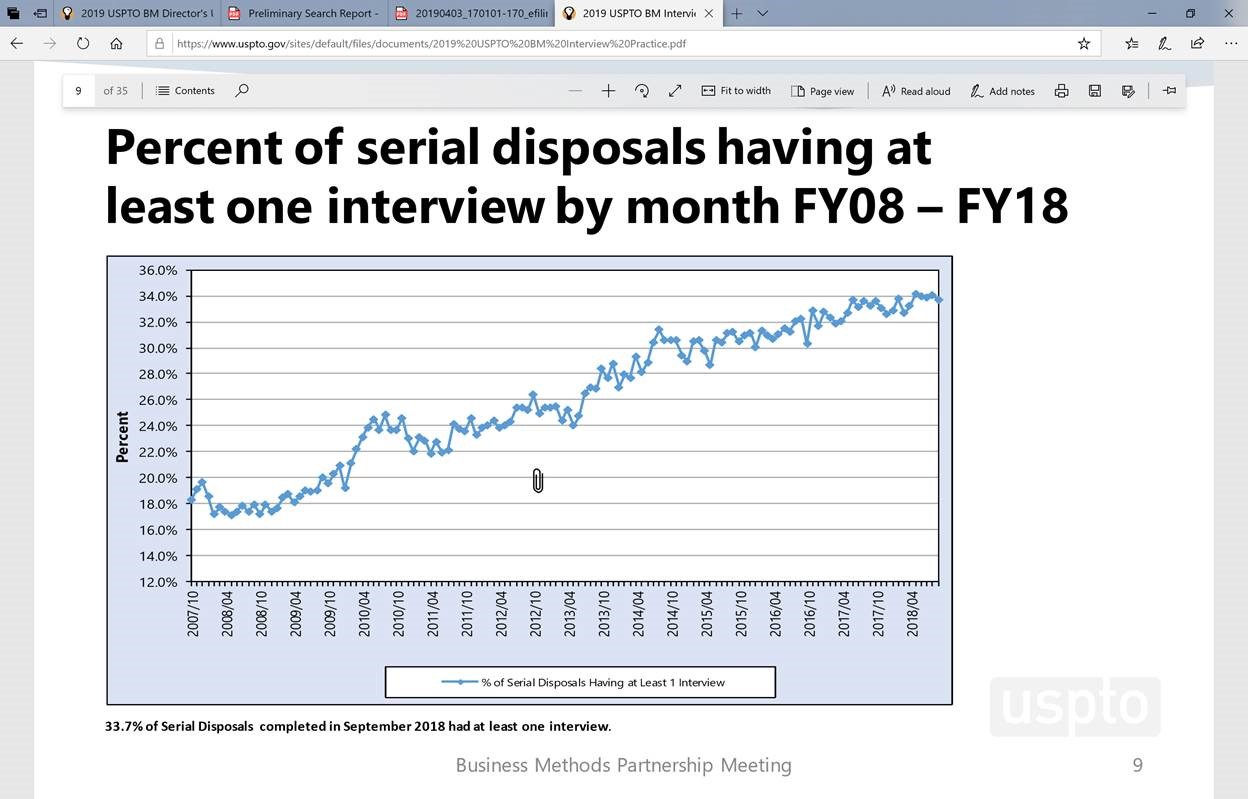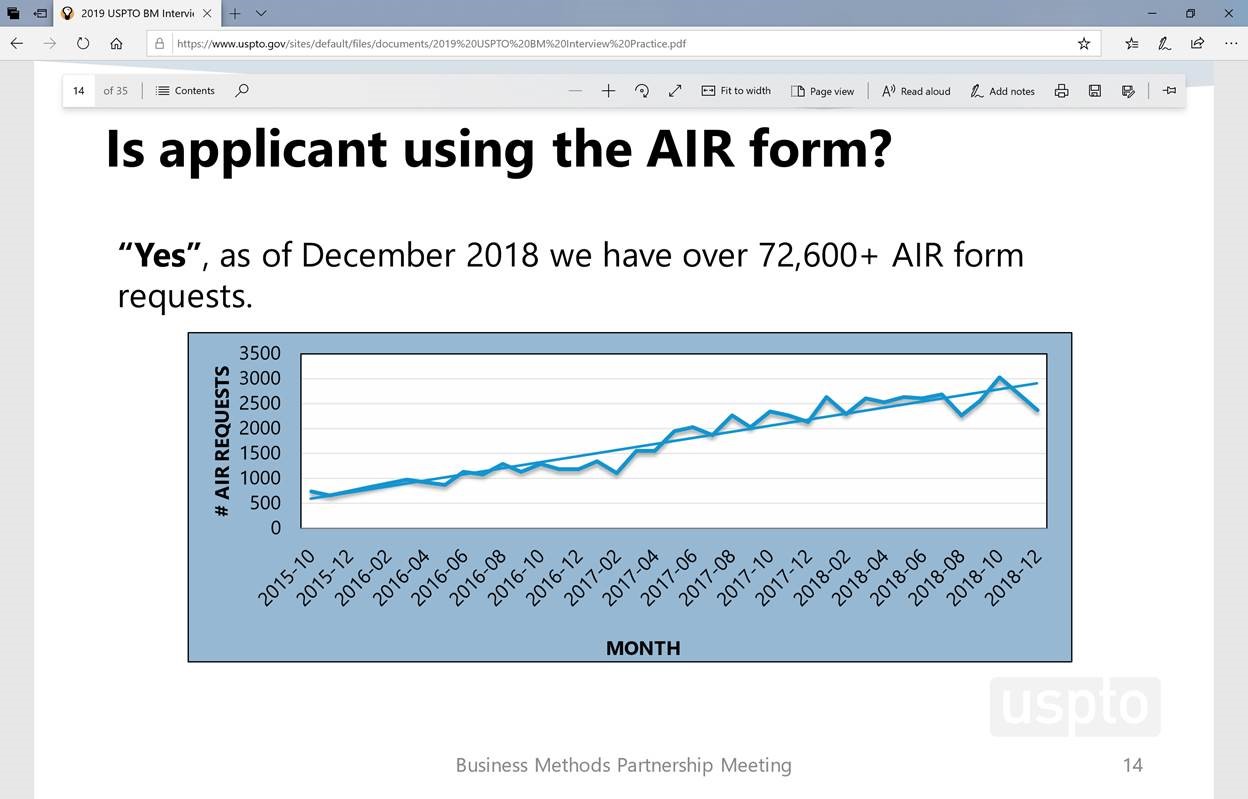
Patent Procurement in 2019: Observations by an Outside Counsel
The foregoing are my takeaways from 2019. I hope you find them helpful.
- 101 Rejections post 2019 USPTO Revised Patent Subject Matter Eligibility Guidelines: I had an Interesting discussion with an OPLA attorney regarding patent eligibility of AI and machine learning. It appears that many applicants are still facing 101 rejections on their AI applications. The OPLA attorney mentioned that the AI is the priority of director Iancu and suggested when we are faced with a 101 rejection, we should challenge it under both prongs of Step 2A. Specifically, the OPLA attoreny suggested that we point the Examiners to Example 39 in the 2019 USPTO guideline relating to the “method for training a neural network for facial detection.” Talking to couple of other practitioners, it appears that the above strategy has proved successful in overcoming the 101 rejection in the past. For example, under Step 2A, prong-one, one can argue that the claim does not recite mathematical concepts, mental process, and any method of organizing human activity. Specifically, it may be argued that while some of the limitations may be based on mathematical concepts, the mathematical concepts are not recited in the claims. See, the claim chart in Example 39. Furthermore, you can argue that the claim does not recite a mental process because the steps are not practically performed in the human mind. Finally, you can argue that the claim does not recite a method of organizing human activity such as a fundamental economic concept or commercial and legal interactions. Under Step 2A, prong-two, you can argue that the additional element results in an improvement of the functionality of a computer.

- Allowance Rate at Technology Center 3600: As you can see from the chart below, business method allowance rates are still pretty low, but they are improving. I met with the Director of TC 3600 who hopes that these rates increase with the 2019 USPTO eligibility guidelines.
- Patent Ombudsman program: This is an interesting program. It is designed to assist with issues that arise during patent application prosecution. So, if you are dealing with an unreasonable examiner, you can use this program to raise your concerns and they will look into it and try to resolve the issues to move the prosecution forward. It is, however, best to raise the issue with the supervisor first and if it is still not resolved then utilize this program.
- Email: OmbudsmanProgram@uspto.gov
- Website: www.uspto.gov/patents/ombudsman/jsp
- Phone: 571-272-5555 or 1-855-559-8589 (toll free)
- Interview specialist: Another interesting program I learned about in 2019. These folks are subject matter experts and are available to assist both applicants and examiners. They can assist with both setting up WebEx interviews and also actually participate during the interview. Great program to use if we are dealing with a difficult technology that may be difficult to understand for the examiner.
- Contact info: Phone: 571-272-1000 or 1-800-786-9199 (toll free)
- 2018 RCE initiative: Goal: Lower overall RCE inventory Takeaway: If you have a case pending more than 5 years, you should consider reaching out to the SPE to expedite prosecution under this initiativeResults: – In March 2017, the total RCE inventory was 4235 with 1960 over 4 months from filing date and 1493 of those cases being pending for over 5 years. – As of Jan 2019 the total RCE inventory was 2624 with 1873 over 4 months from filing date and 816 of those pending over 5 years.
- Structured Search Program quality initiative for 2019: This sounds like a great initiative and should result in better first action on the merit. Here, the examiners submit search requests and a search team discusses and diagnoses the search to ensure relevancy and focus on search strategies and best practicesIt is now only limited to the 3600 art unit but I hope that they implement it across other art units.
- Interviews – Applicants are doing more interviews and the chart below shows they are effective. The chart below shows the upward trend in disposition of cases with interviews: 18% in 2010 and 34% in 2018

- AIR Form – The Automated Interview Request (AIR) form is an alternative electronic way for applicant to initially request an interview with examiner instead of placing a phone call and leaving a message. It is becoming increasingly popular as it allows applicants to propose multiple date(s) / time(s) for interview and preferred type of interview. If a personal interview is preferred, this can be done easily by mentioning it in the form and asking the SPE to participate if the Examiner is remote.
